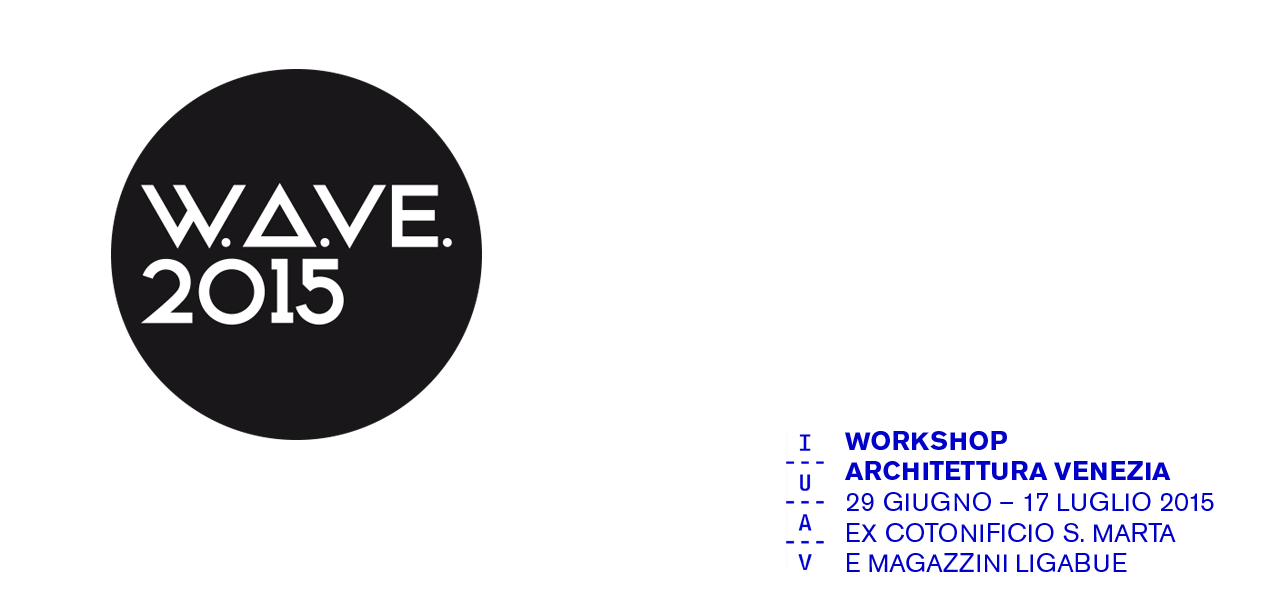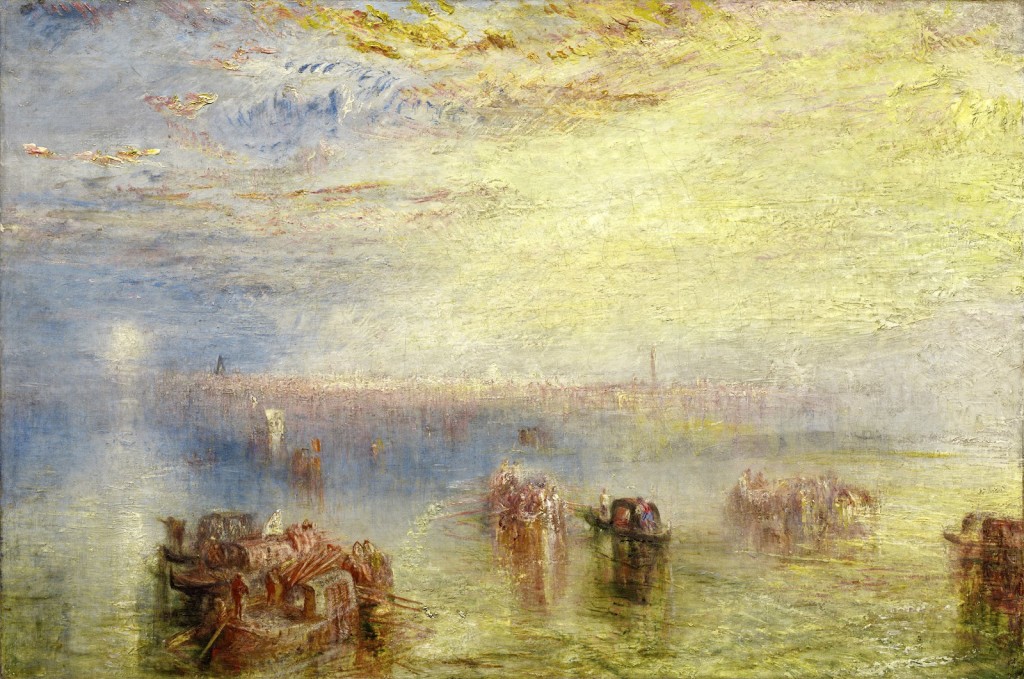Professor
Giacomo Guidotti [CH]
Assistants
Frédéric Einaudi, Francesco Fallavollita
EN // The increasing pressure threatening the fragile balance of Venice has lead to the courageous decision of preventing large cruise ships from entering the lagoon. We could imagine, or we should hope, that private cars will also share this same destiny. Moving these two important docks outside the historical city must not be seen as an attempt at the fossilization or museification of Venice. On the contrary, it could free vast environmentally rich areas to be used for housing and public buildings, which are essential for the development (including tourism) of the entire lagoon and can become an opportunity to redefine the relationship between Venice and the mainland by redesigning the current land access.
Over the years, the bulky presence of Porto Marghera prevented Mestre from developing towards the lagoon, becoming a natural contiguous outgrowth for Venice and being able to accommodate all the typical activities of a contemporary city. The harbor is now almost completely abandoned, but its high degree of pollution makes it extremely difficult to convert. Therefore, during the workshop we will try to create the awaited spatial connection between Mestre and Venice, using the area north of the Libertà bridge. The affected areas will involve the San Marco district – with the upgrading of the two channels that flank it – the Forte Marghera – to be recovered and re-evaluated as a public space – and the San Giuliano park – through the redesign of the currently lacking relationship with water .The transformation process will take advantage of the new spaces that will be freed by the redesign of the entire Venetian land access infrastructure.
The attempt will be to redevelop these areas thanks to new living quarters that respond to contemporary needs. In this sense, the exercise will investigate two diametrically opposed scales in order to find a strong relationship between the urban typology (1:1000) and the type of dwelling (1:20).
IT // La pressione crescente sul fragile equilibrio di Venezia ha portato alla decisione coraggiosa di impedire ai grossi battelli di crociera di entrare in laguna. È possibile immaginare, o è forse lecito auspicare, che lo stesso destino possa succedere anche alle autovetture private. Lo spostamento all’esterno della città storica di questi due importanti approdi non è da vedere come un tentativo di fossilizzazione e museificazione di Venezia. Oltre a liberare delle enormi superfici di grande qualità ambientale da destinare ad abitazioni e a edifici di interesse pubblico necessari allo sviluppo (anche turistico) dell’intera laguna, queste operazioni, possono diventare l’occasione per ridefinire il rapporto tra Venezia e la terra ferma ridisegnando l’attuale entrata via terra.
La presenza ingombrante di Porto Marghera ha impedito a Mestre, negli anni, di svilupparsi verso la laguna e diventare il naturale polmone di sfogo di Venezia, capace di accogliere tutte le attività proprie di una città contemporanea. Il porto è oggi quasi completamente in disuso ma il suo forte grado di inquinamento ne rende estremamente difficile la riconversione. Durante il workshop tenteremo di creare l’auspicato collegamento spaziale tra Mestre e Venezia utilizzando l’area a nord del ponte della Libertà. Le aree interessate dal progetto coinvolgeranno il quartiere San Marco – con la riqualifica dei due canali che lo fiancheggiano – Il Forte Marghera – da recuperare e rivalorizzare come spazio pubblico – e il parco San Giuliano – attraverso al ridisegno dell’inesistente rapporto con l’acqua. Il processo di trasformazione sfrutterà i nuovi spazi che si verranno a creare grazie al ridisegno infrastrutturale dell’intero dispositivo di accesso (terrestre) a Venezia.
Il tentativo sarà di riqualificare queste aree grazie a nuovi quartieri abitativi che rispondano alle esigenze contemporanee. In questo senso l’esercizio indagherà due scale diametralmente opposte per cercare di trovare una relazione forte tra la tipologia urbana (1:1000) e la tipologia abitativa (1:20).

